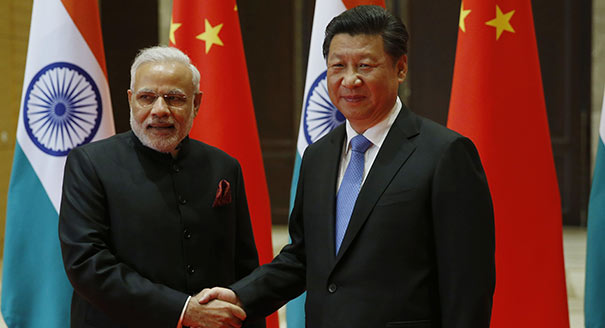Source: Chicago Council on Global Affairs
Spurred by the rise of Asian powerhouses China, Japan, and India, new political and economic institutions and pacts are emerging across the region. Encouraged by rapid economic growth and declining reliance on the West following the 2008 financial crisis, an era of pan-Asianism is set to strengthen integration among Asian countries through enterprises such as the Regional Comprehensive Economic Partnership and the newly formed Asian Infrastructure Investment Bank. As the United States seeks to maintain its influence in the region, how can Washington maximize its interests and compete?
In a speech to the Chicago Council on Global Affairs, Carnegie’s Evan Feigenbaum argued that Asia is changing dramatically but the United States, notwithstanding its “pivot” or “rebalance” to Asia, is “losing the plot.” He explored three key areas of change with which the United States must wrestle—first, the growing collision between economic integration and security fragmentation; second, the certainty that some pan-Asian ideas, pacts, and institutions that do not include the United States will persist and cohere regardless of American views and preferences; third, and perhaps most important, the reconnection of disparate sub-regions of Asia—East, Central, and South—into a more integrated strategic and economic space. Unless Washington adjusts, this more integrated Asia, Feigenbaum added, could make the United States less relevant in each of Asia's constituent parts. Feigenbaum explored how the United States should (and, in some cases, should not) adjust its intellectual, strategic, and bureaucratic approaches to Asia in light of these dramatic changes.
This conversation was originally published by the Chicago Council on Global Affairs.





